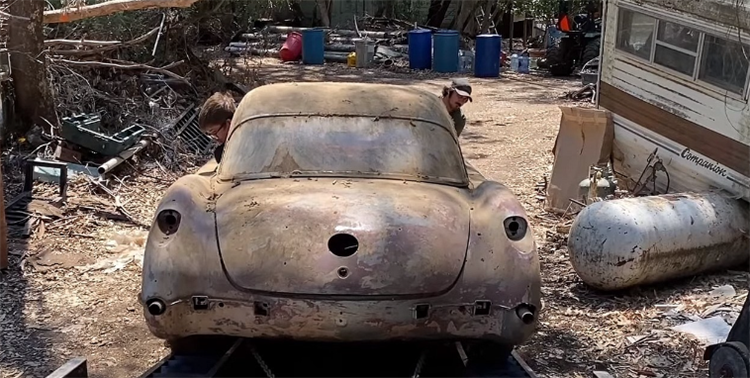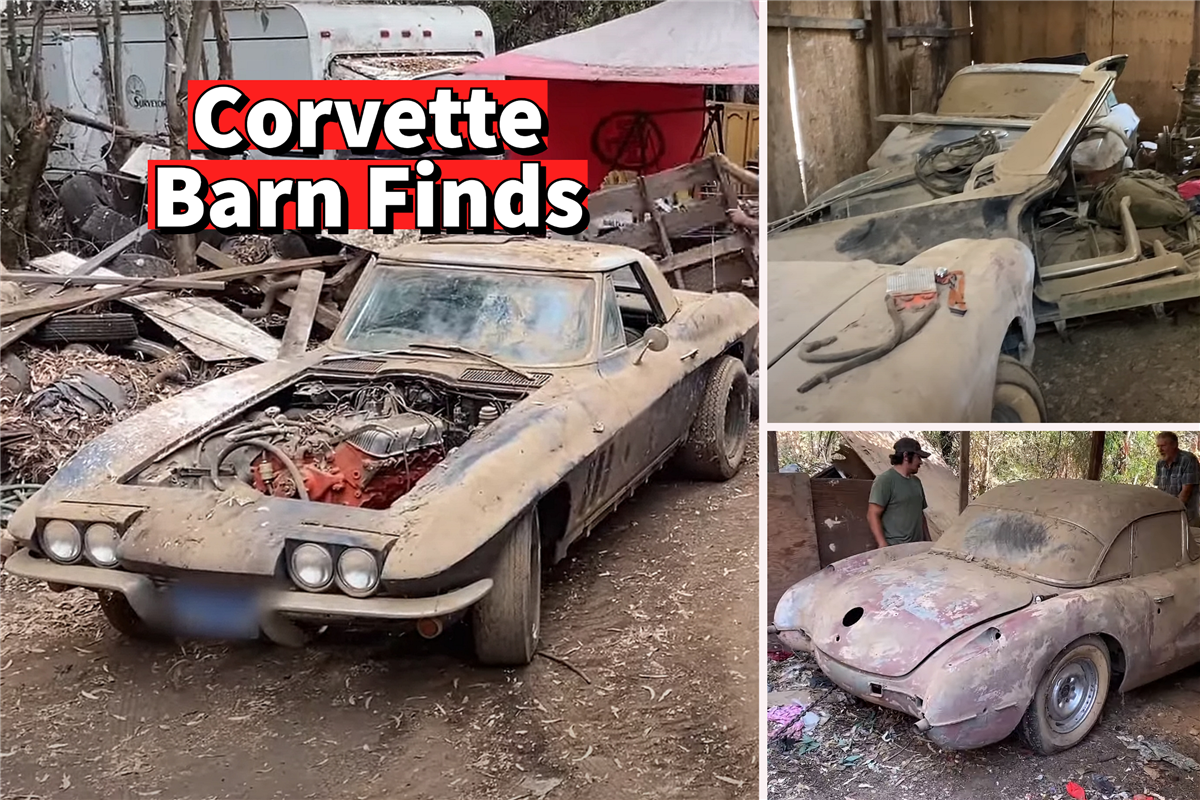Built from 1953 to 1962, the first-generation Chevrolet Corvette is the most desirable iteration of the nameplate. Because it’s the car that started it all, and the long production run spawned a few rare versions. But the second-gen ‘Vette is also highly desirable due to its short-lived life and higher performance engines.
In conclusion, it is now a big deal to discover a C1 or C2 in a barn. Regardless of the model year or powerplant, these sports cars are valuable. Additionally, classic cars are desired no matter what condition they’re in given how much their values have increased in recent years. It is even more amazing to discover one of each in the same barn, as YouTube user “Colture” did. And they have spent more than 40 years in storage!
Why would someone keep classic Corvettes locked up in a barn for decades? As sad as it may sound, some vehicles end up in long-term storage simply because they broke down and the owner didn’t get around to fixing them. Others are left unattended when their owner is too old to drive or passes away. I don’t know what happened here, but these Corvettes look like they haven’t been touched in a very long time.

Both are covered in a thick layer of dust, and the paint underneath is weathered to the point where you can see the fiberglass. They’re also missing components, which indicates they might have been prepared for restoration when parked. What exactly do we have here, you ask? The C1 is a 1958 version, while the C2 is a 1966 convertible.
The Corvette underwent its first significant redesign in 1958, making it a crucial year for the car. The redesign added more chrome than before, a front grille made of three pieces, and a configuration with four headlamps. It also received a new tach and seat belts that were pre-installed. The 1958 Corvette, which started at $3,591, sold 9,168 units. The 1958 sports vehicle is a rare classic despite being the Corvette’s best-selling year at the time.
Unfortunately, I don’t know what’s under the hood (or if the car still has an engine), so it could be any of the 283-cubic-inch (4.6-liter) V8 Chevy offered that year. The options list was quite diverse, with various drivetrain setups ranging from 230 to 290 horsepower. The latter came with the now-iconic Ramjet fuel injection system.
The C2 parked behind the C1 in the barn saw daylight for the 1966 model year, the next to last for the second generation. The Corvette had become an increasingly popular rig at the time, moving more than 20,000 units yearly. In 1966, Chevrolet sold 27,720 cars, the best year for the C2.

1966 was a significant year for the Corvette in terms of performance, but not bringing about any significant modifications in terms of design. In particular, it was the year the 427-cubic-inch (7.0-liter) big-block V8 was added to the lineup. And one such device is included with this Corvette.
In that year, Chevrolet produced two 427 V8 models: the L36, which had 390 horsepower, and the L72, which had 425. One of the 5,116 units with this engine sold in 1966 is this one, which appears to have the L36. Due to its exterior’s Laguna Blue color, however, it is actually rarer than that. Chevrolet specifically sold 2,054 vehicles in this hue. We’re probably looking at one of fewer than 500 automobiles produced if we take into account the engine, the color, and the drop-top design.
But the really good news is that our host freed both Corvettes from the barn. It’s unclear if they will get restored to their original specifications, but at least they will be returned to the road soon
